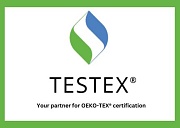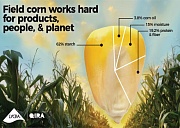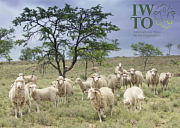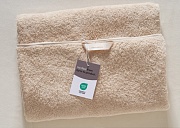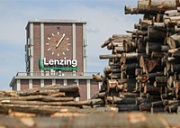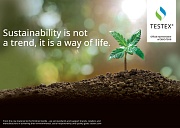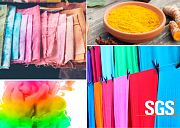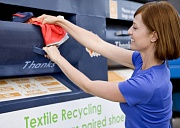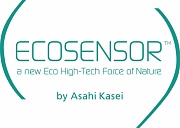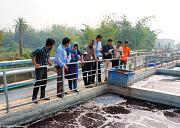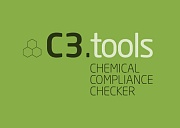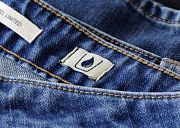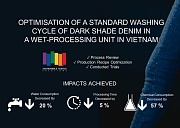SPONSORED CONTENT - Defining sustainability isn’t as easy as it looks. Jeannette Cook shares the latest contributions from the global wool industry.
What makes a textile sustainable?
Like a lot of things, as the pundits say, it depends on who you ask.
Since some of the first responses came out a decade ago, it’s a question that’s been driving the work of the International Wool Textile Organisation (IWTO). Jocularity aside, it’s a serious business.
Textiles are so important to sustainable living that they have been flagged as a priority sector by the EU in its Green Deal and Circular Economy Action Plan. Textiles are seen as key for the transition towards a more sustainable and circular economy.
Much like the newly-released “Fit for 55” proposals around energy, the EU’s initiatives for textiles cut across the ministries of environment, consumers, and industry. Items under discussion include design incentives, scaling up recycling, and consumer-facing environmental-impact labelling.
The latter will be based on product environmental footprinting (PEF). The EU is currently building its PEF methodology for apparel and footwear, through a multi-stakeholder process of which the IWTO is a part.
Surprise! Care practices count
In deepening our research on wool, we’ve learned some interesting things. It is no surprise that, as a fibre that grows on sheep, most of wool’s environmental impacts happen on-farm.
A significant discovery, however, is to what extent garment use and care can reduce environmental impacts.
This came to light in the first complete life cycle assessment (LCA) for wool, completed in 2020. The wool for the 300-gram wool sweater was grown in Australia, processed in China and sold in the EU.
The wool LCA revealed that the care and use phase is key to reducing the environmental impact of clothing. The authors found that the most influential factor for impact is not from the fibre production on farm but in the number of times a garment is worn.
That this metric is so influential flags up a very important issue.
“Many existing indices only measure impact up to the factory gate,” says Veronica Bates-Kassatly, a former World Bank analyst now an independent analyst of sustainability claims in the global apparel sector.
“If the cheapness of fashion encourages consumers not to value and retain garments, or if poor quality diminishes usable life as well as potential for resale and repair, then indices based up to the factory gate are reporting the wrong thing.”
Data drives definitions
It is necessary, then, to make sure that the answer to “what is sustainable” includes the complete life cycle of textiles. This is trickier than it sounds, because of LCAs.
LCAs, are the building blocks of environmental measurement tools. The tools take data from LCAs in order to compute environmental impacts. The problem is, not all LCAs are the same – so neither is the data.
“LCAs have some freedom of choice when it comes to boundaries and methodology,” explains Kassatly. “Different boundaries and methodologies yield radically different outcomes.
“Only LCAs with identical boundaries and methodologies can be truly compared. But in the textile apparel sector, there is no suite of uniformly produced LCAs.”
IWTO raised these concerns back in 2019, in the journal Sustainability. LCAs, which originated in the factory setting, are not comparable with those applied to biological systems like farms. The differences become even more striking when natural/biological-based products (like wool garments) are compared with mined, factory-produced products (like polyester or other oil-based synthetic fibre garments).
In both cases, incorporating fully transparent, peer reviewed, identical boundary LCAs, in which data is representative and reflects current practices, would begin to approach an accurate definition of sustainability.
Trust and traceability
Advising consumers of the impact of their purchases is a laudable goal and no small feat. Elsewhere, the United Nations Economic Commission for Europe (UNECE) has focused on Traceability for Sustainable Garment and Footwear and has launched a Sustainability Pledge offering stakeholders a toolkit of measures towards improving the environmental and ethical credentials of the sector.
Still, consumers do not necessarily trust the information they currently receive, and it’s hard to blame them for that. Transparency in supply chains is still challenging. To this end, the IWTO welcomes the results of the UNECE’s blockchain pilot for cotton and leather. This pilot covers the entire value chain including producers, traders, suppliers and retailers. Among the partners are Hugo Boss, Vivienne Westwood, and Haelixa.
The leading global research on garment use
IWTO’s Wool LCA led to further investigation and a series of four studies, the latest of which was published in the peer-reviewed International Journal of LCA in April this year. This body of work now represents the leading global research on the topic of garment use.
•“Clothing lifespans: What should be measured and how?” – published in Sustainability, Aug 2020
•“Laundry care regimes: Do the practices of keeping clothes clean have different environmental impacts based on the fibre content?” – published in Sustainability, Sept 2020
• “What affects garment lifespans? International clothing practices based on a wardrobe survey in China, Germany, Japan, the UK and the USA” – published in Sustainability, Nov 2020
•“Reducing environmental impacts from garments through best practice garment use and care, using the example of a Merino wool sweater” – published in The International Journal of LCA, Apr 2021
Links and citations are available on https://iwto.org/resources/wool-science/.
The International Wool Textile Organisation
Representing the interests of the global wool industry, research into wool and its properties is one of the IWTO’s most important activities. Jeannette Cook is IWTO’s Communications Manager. www.iwto.org













